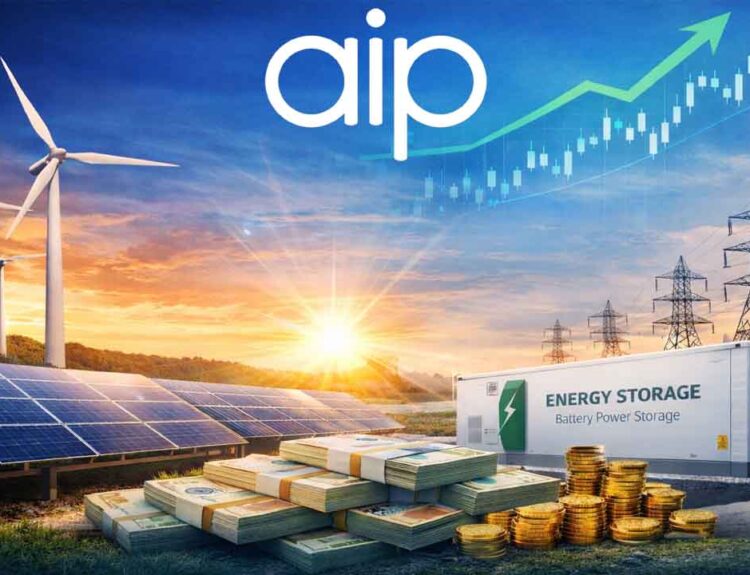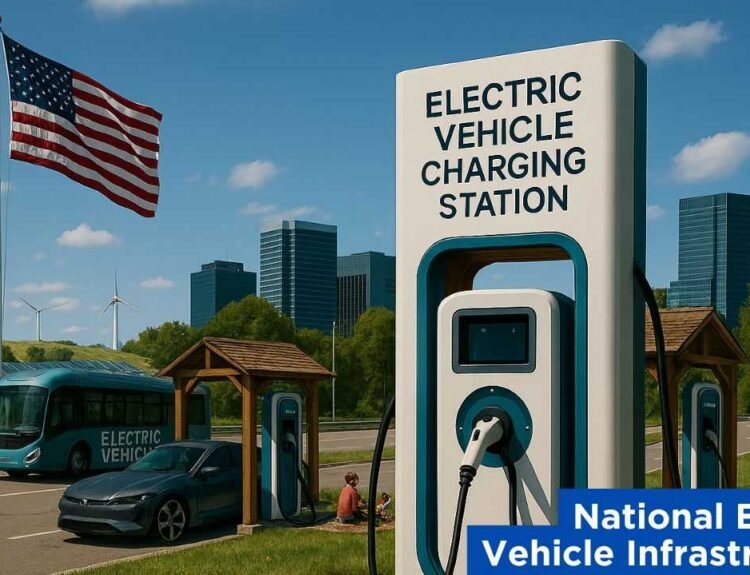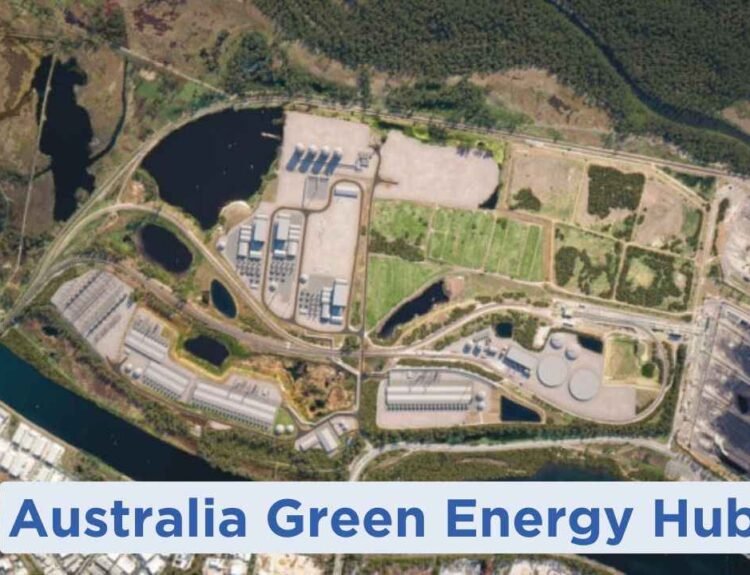Due to increasing global warming, the whole world is facing different types of problems. Petroleum products have a big hand in this problem. That’s why the use of electricity made from natural sources i.e. sun, water, and hydrogen is being promoted continuously. so the government initiative National Green Hydrogen Mission to make India a ‘global hub’ for the use, production, and export of green hydrogen.
Which will help in decarbonizing heavy industries like oil refinery, fertilizer, steel, and cement and also reduce global carbon emissions. But one difficulty is that it is a bit difficult to store electricity made from sun or water, so now this option is being told that electricity should be generated from natural sources and then that electricity should flow in water. Hydrogen should be made from it and then that hydrogen should be collected and then used as energy in different industries.

Table of Contents
About National Green Hydrogen Mission
It is a program to encourage commercial production of green hydrogen and make India a net exporter of fuel.
The National Green Hydrogen Mission will increase the demand for green hydrogen as well as promote its production, utilization, and export.
Strategic Interventions for Green Hydrogen Transition Program (SIGHT). It will fund the domestic manufacturing of electrolyzers and produce green hydrogen. States and territories capable of supporting large-scale production and/or use of hydrogen will be identified and developed as green hydrogen hubs.
The Central Government has approved the National Green Hydrogen Mission, which costs Rs 19,744 crore, with the aim of making India a ‘global hub’ for the use, production, and export of green hydrogen.
India set a target of achieving carbon-net-zero by 2070 and making itself independent in terms of energy by 2047, in which green hydrogen has an important role to play. Keeping this in mind, the Indian Prime Minister announced the National Hydrogen Mission on August 15, 2021.
The Union Cabinet recently approved this mission on 4 January 2023. The mission aims to develop a generation capacity of at least 5 MMT (million metric tons) per year, with a renewable energy capacity addition of about 125 GW in the country by 2030.
Benefits
Talking about the benefits of this mission, it will help in reducing the cost of materials like electrolyzers through incentives. In fact, currently, the cost of hydrogen per kilogram is around US$3. With this mission, this price will be reduced by half in the coming time. Due to this local traders will be able to compete globally and exports will increase.
This will reduce the dependence on imported petroleum products and clean energy production can be done to meet future needs keeping in mind climate change. Its objective is to make India a global manufacturing hub and a source of clean energy.
This will also create lakhs of employment opportunities in the renewable energy sector, due to which the cost of clean energy sources in India will also reduce. Overall, it is expected that this mission will take the country towards achieving the net zero target of carbon.
Objectives of National Green Hydrogen Mission
To develop a renewable energy capacity of about 125 GW (gigawatts) in India by the year 2030, as well as a green hydrogen production capacity of at least 5 MMT (million metric tons) per annum.
Under this, a total investment of more than Rs 8 lakh crore is expected to create 6 lakh jobs.
Additionally, this would result in a net reduction of over Rs 1 lakh crore in fossil fuel imports as well as a reduction in annual greenhouse gas emissions by about 50 metric tonnes.
The Goal of National Green Hydrogen Mission
Strengthening India’s position in climate action and energy transition. Also reducing dependence on energy imports. Green hydrogen can save India up to Rs 1 lakh crore in its energy import bill. Its use in place of conventional fuels can cut shipments of expensive gas by up to 68%. The government aims for India to reach 10% of global GH2 demand by 2030.
National Green Hydrogen Mission launching
In the third Renewable Energy Investors Meet in November 2020, PM Narendra Modi put forward a lot. Finance Minister Nirmala Sitharaman showed the roadmap in the budget speech on February 1, 2021. On February 17, 2022, the Ministry of Power notified changes in the policies for Green Hydrogen and Green Ammonia. On January 4 this year, the cabinet approved an incentive package to enter the market.
FAQs
1. What is green hydrogen?
Hydrogen extracted by electrolyzing water using electricity from solar or wind power projects is called ‘green’ hydrogen or GH2.
2. Why is green hydrogen being called the ‘fuel of the future’?
GH2 or Green Hydrogen is considered to be the cleanest fuel. This is because there is no carbon footprint left in its production or use. But the production of green hydrogen costs a lot of energy.
3. What do the color codes of hydrogen indicate?
The color indicates where the hydrogen is extracted from. At present, gray hydrogen extracted from natural gas is the most used. Brown hydrogen is released from the gasification of coal. This process releases greenhouse gases as a by-product. Blue hydrogen is extracted from greenhouse gases trapped in carbon capture and storage facilities.
4. What is the use of hydrogen?
At present, hydrogen is used in major industries like oil refineries, steel, fertilizers, and bulk chemicals. One important use would be blending it with CNG and PNG to clean up their emissions.
5. How expensive is hydrogen?
Green hydrogen prices depend on several factors – the source, market conditions, and currency rates. At present the cost of green hydrogen is Rs 300 per kg. The average cost of extracting gray hydrogen from natural gas is Rs 130/kg but since the Ukraine crisis, it has gone up to Rs 200-250/kg.









